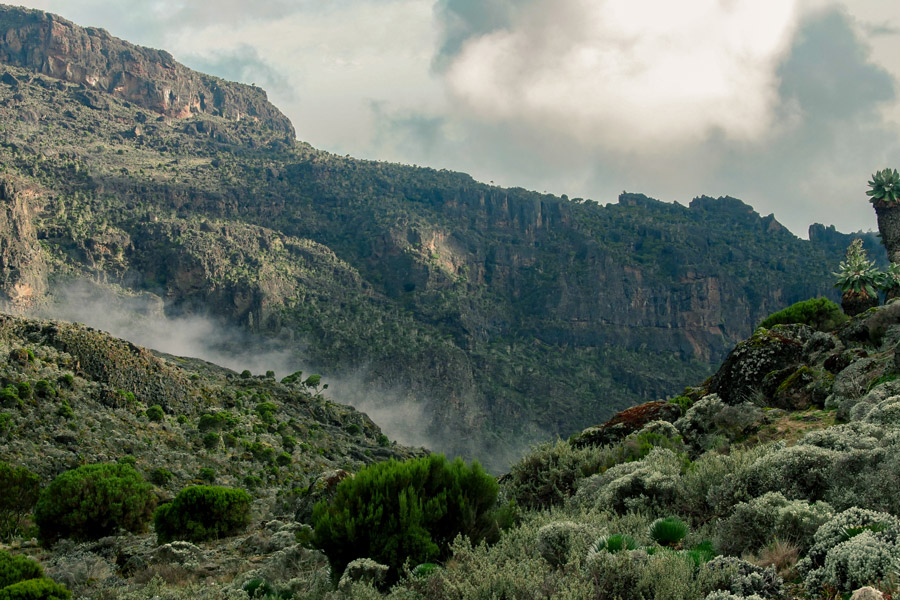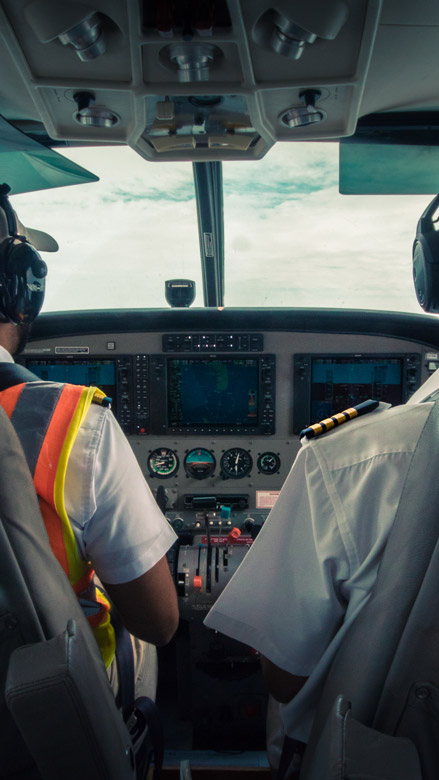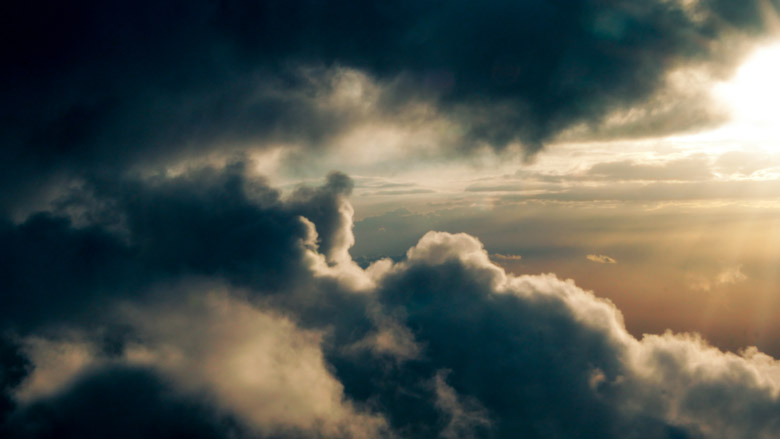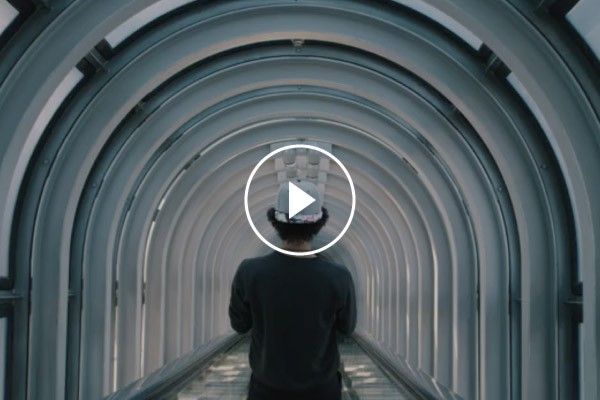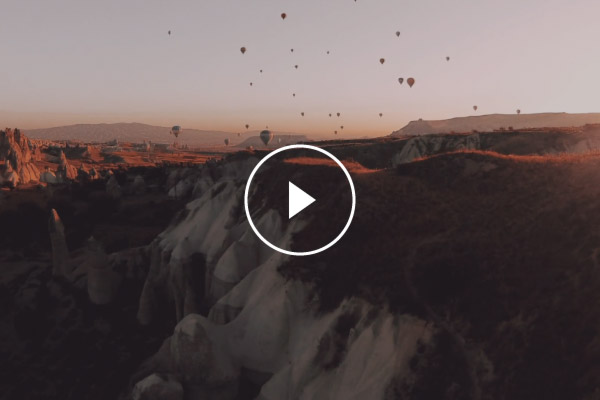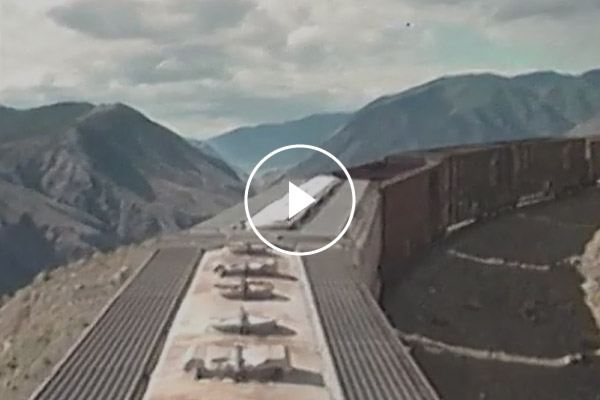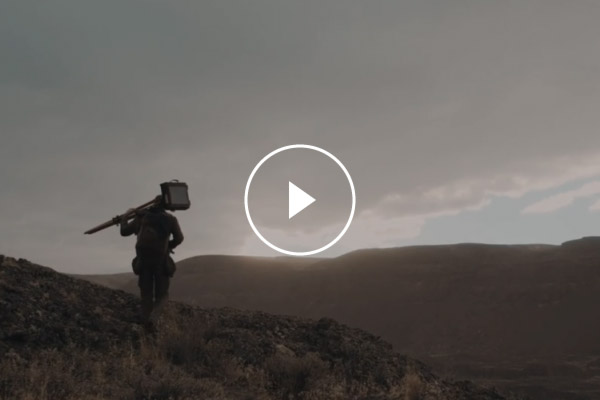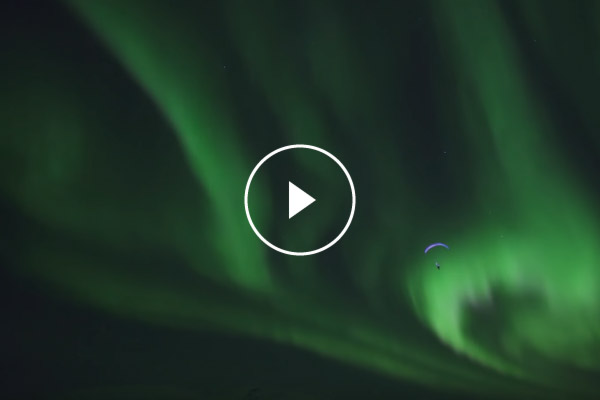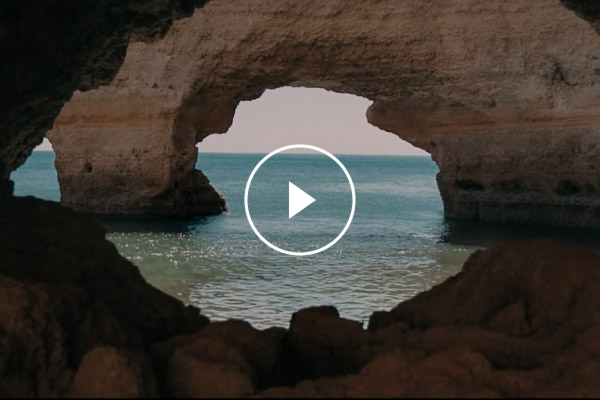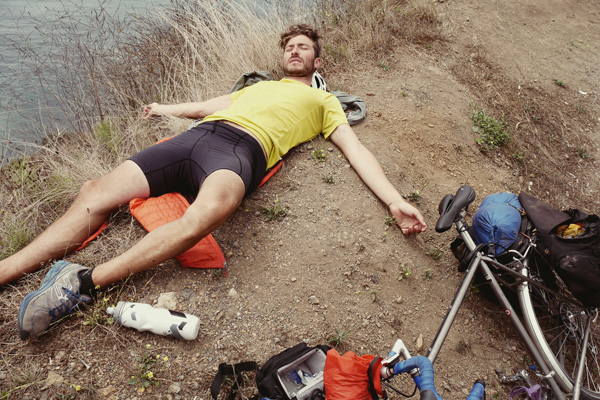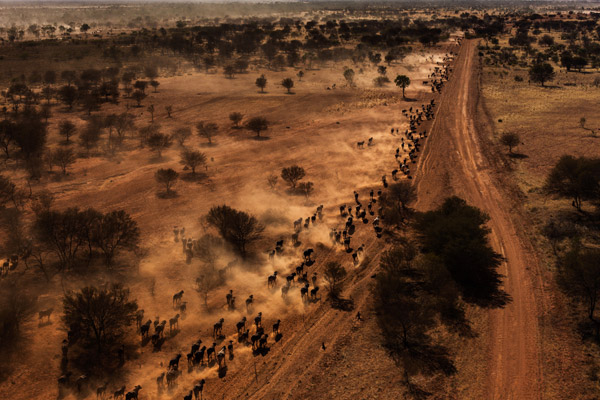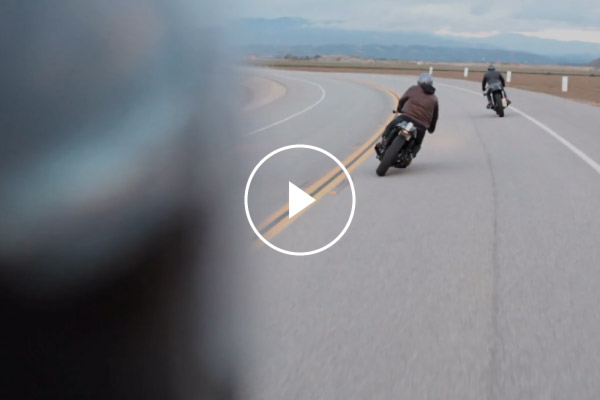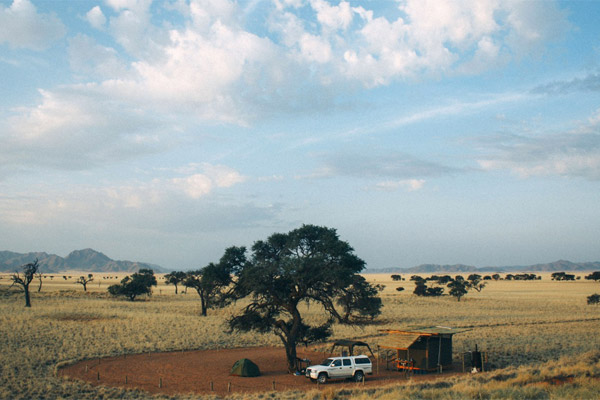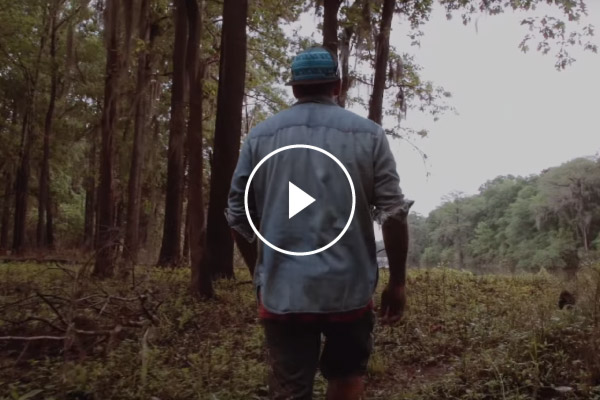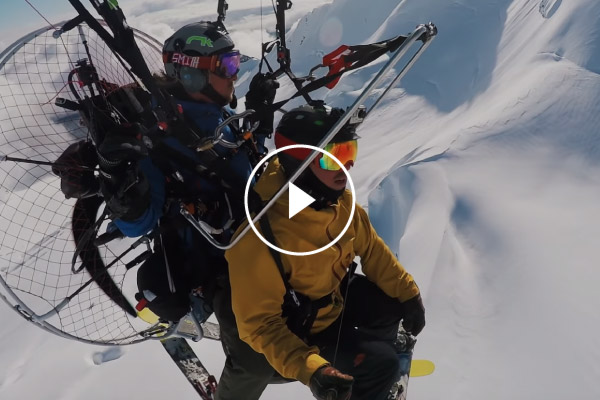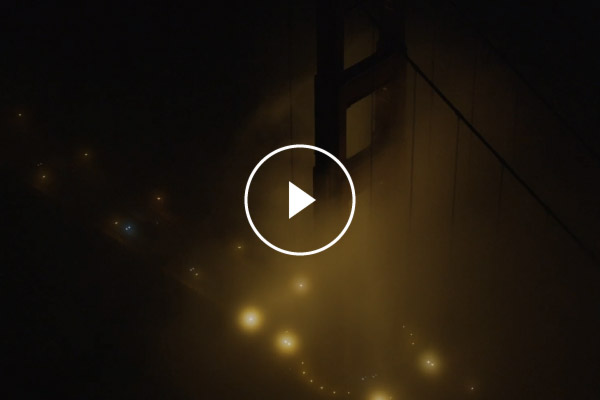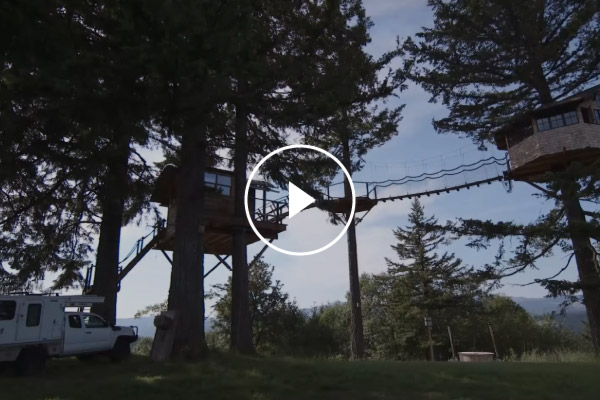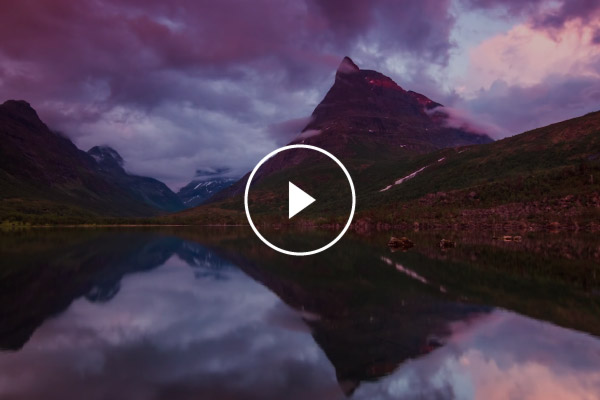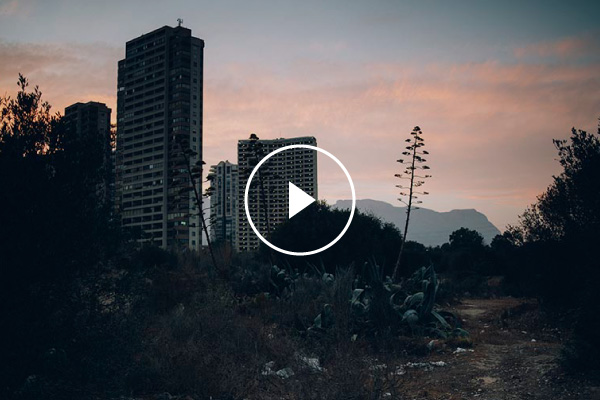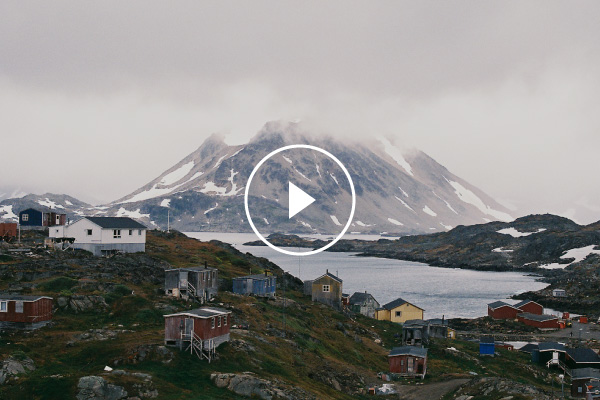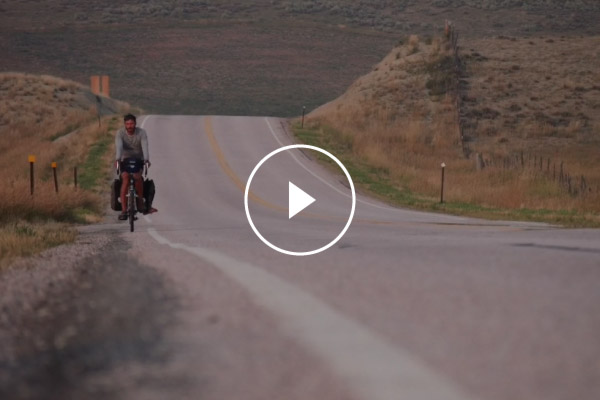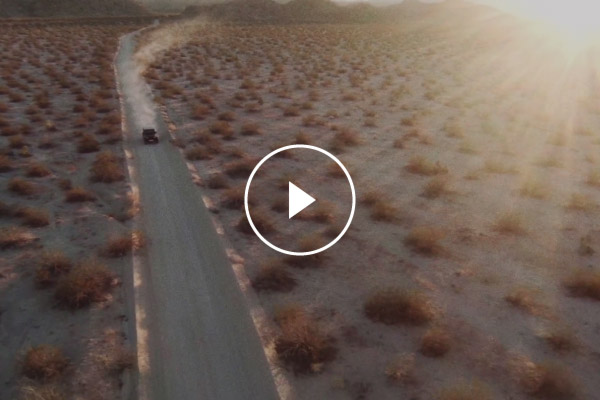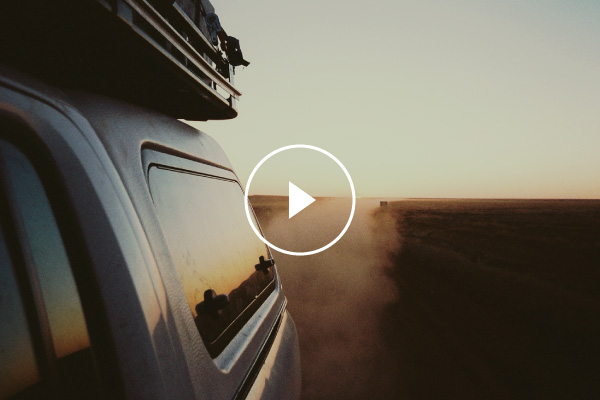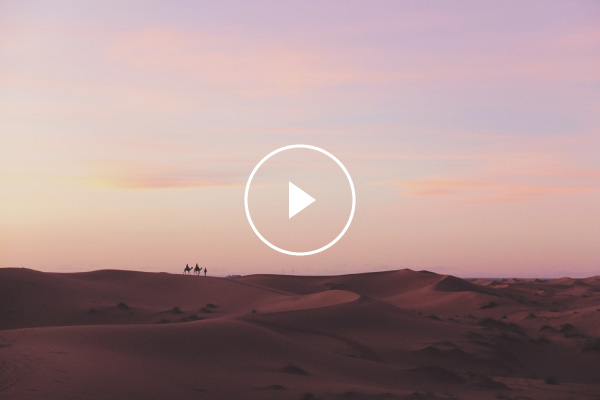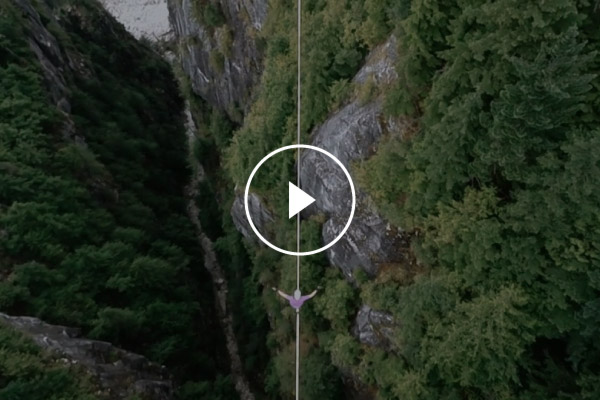The opportunity to seek out adventures and exploration is now currently available to more of the population than any other time in history; if you have boots and are abled large swaths of the globe are open to fortunate travellers. But to climb the tallest mountain in Africa with a backpack of videographers equipment, as a personal challenge to capture the momentous and exhausting experience, just cause? That’s a whole different motivation and skill set.
Laurence Hills is doing phenomenal work capturing a time and place many will only ever get to experience through film – we sat down with him to find out how and why he does it.
What drew you to climb Kilimanjaro?
In 2014 I spent two weeks camping in the Serengeti National Park and I had the opportunity to visit the base of Mount Kilimanjaro. It seemed so out of place to have this lifeless glacial peak surrounded by open planes and riverine forests teaming with wildlife. The personal challenge of attempting to film at 6 km above sea level with temperatures in negative double figures was a great contributory factor.
What drives that challenge? Why do you film your travels?
To me, filmmaking provides the motive to explore and create. It is the process that drives me to realise adventures and ideas, allowing me to show perspective in interesting and unusual ways. My films often take place in relatively hostile environments, like Kilimanjaro, where there is a fine window to capture the spirit of an environment.
I have always captured travel in one-way or another. I started out recording adventures photographically with my Canon T70 (35mm film) with a hoard of old Japanese lenses, which quickly progressed to the purchase of a cheap DSLR and it was at that point that I began to experiment with the medium of video. I started making short films on every micro-adventure that I took until the films began to drive the adventures themselves.
The great connection between filmmaking and adventure for me is that you are immortalising a memory. The more attention you pay to capturing that memory, the more inspiring your vision will be.
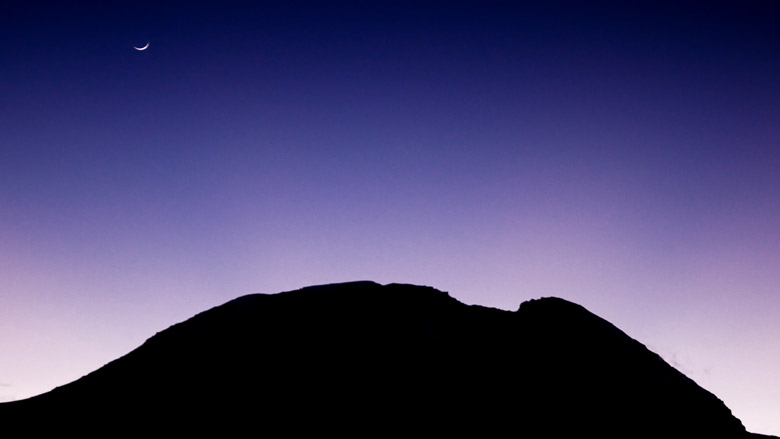
Go-to kit?
For this climb the weight of my gear was key, I knew that our porters would be able to help to carry most of our camping and food supplies but it was down to me to carry any video gear that I brought with me. Only the most essential and lightweight equipment could be packed, so I packed a lightweight mirrorless DSLR (Panasonic GH4) and a GoPro on a gimbal for dynamic drifting shots. As soon as we left the low light of the forest the GoPro actually became my ‘A’ camera as it could be kept easily accessible and could shoot silky smooth footage with just seconds to set up. For the Arctic Zone, where it was simply too cold to constantly remove my gloves it was the GoPro I used to shoot the entire sequence.
After climbing Kilimanjaro I have definitely formed a love-hate relationship with harsh and hostile environments. They present a very elemental challenge and filming in these conditions adds further complexity.
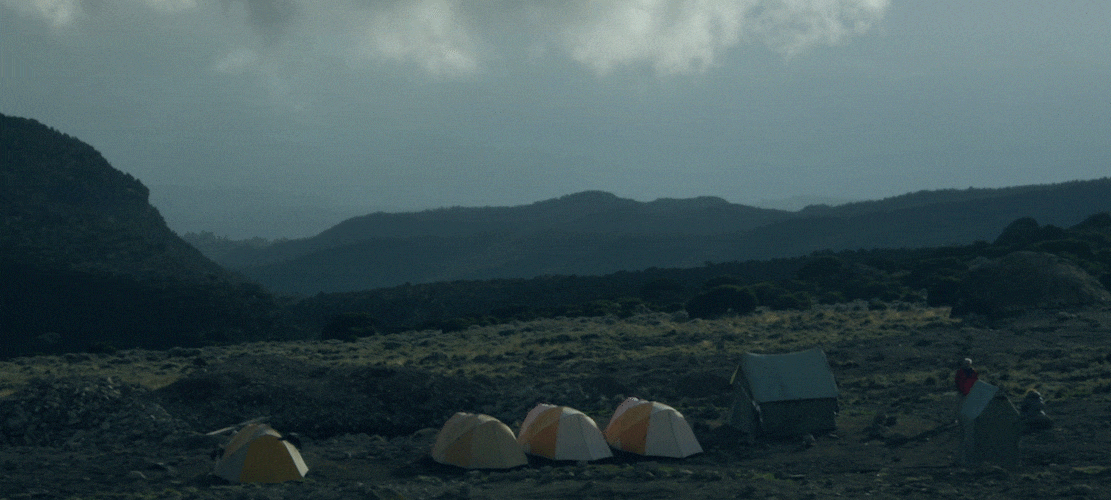
The porters on Kilimanjaro are often described as the backbone of the mountain, making the climb possible. Statistically their working conditions and salary seem to be improving but they do face challenging conditions. Did you see any examples of poor working conditions during your time on the mountain?
We certainly heard some terrible stories of poor conditions for the porters. Even until relatively recently they would have had to brave sleeping in caves around a fire instead of in tents. Today the welfares of the porters appear to be far improved. There is now purpose-built porter infrastructure at each campsite on the mountain for improved sanitation, and organisations like the Kilimanjaro Porters Assistance Project collect data on porter wages and bag weights to inform the government and tour operators on fair and ethical treatment. Our team, lead by head guide Dismas Mariki were truly brilliant and although they would carry much more than we would and still beat us to the next campsite, their conditions appeared to be very good.
What have you been working on since Kilimanjaro?
Since completing the Kilimanjaro film I have finished production on two further adventure and expedition films both of which are currently in post-production. The first follows a journey from LA to Rosarito Beach, Mexico, in an American School Bus kitted out with surfboards and a dirt bike, both of which get plenty of heavy use throughout the film. We shot in places like Joshua Tree National Park and Venice Beach. The second project is still under wraps but was shot in the Azerbaijan, Georgia and Northern Europe in partnership with National Geographic and WWF. Both films are set to release before the end of 2018.
Dream project?
I have always had a natural affinity to fiction as well as adventure and documentary, so I have been keen to get involved in a fiction project for some time now. A couple of months ago, I was approached by an old friend who had written a brilliant short story and during a road trip from New Orleans to Memphis, we discussed the adaptation of the story into a film screenplay format. We are now searching for funding and hoping to begin the production of the short film within the next few months, which I am very much looking forward to.
Where to next?
After climbing Kilimanjaro I have definitely formed a love-hate relationship with harsh and hostile environments. They present a very elemental challenge and filming in these conditions adds further complexity. But there are great rewards if you can squeeze the potential from these places. Antarctica and Patagonia would both tick that box, but I would perhaps need to raise slightly more funding before I begin to plan those.
Laurence Hills || Interview by Megan Keene
Receive a postcard from us sign up



